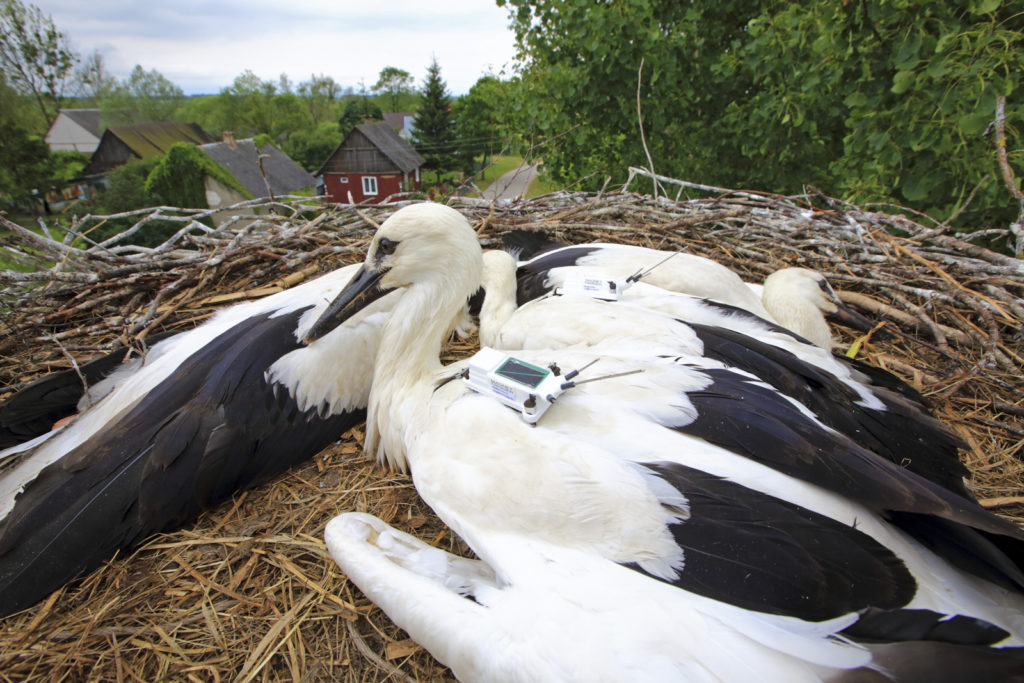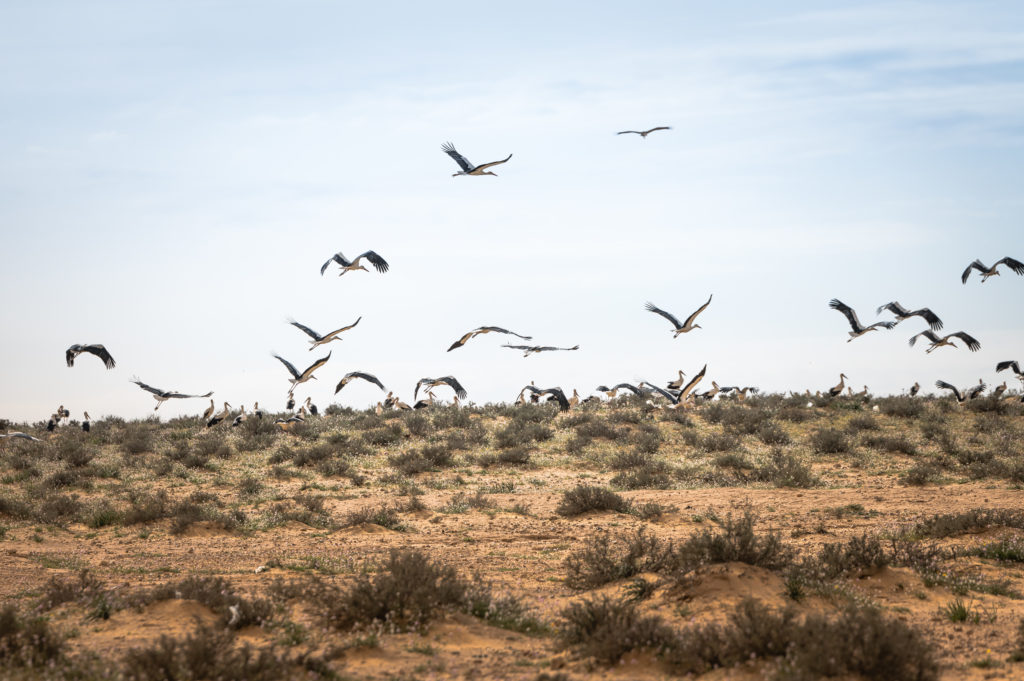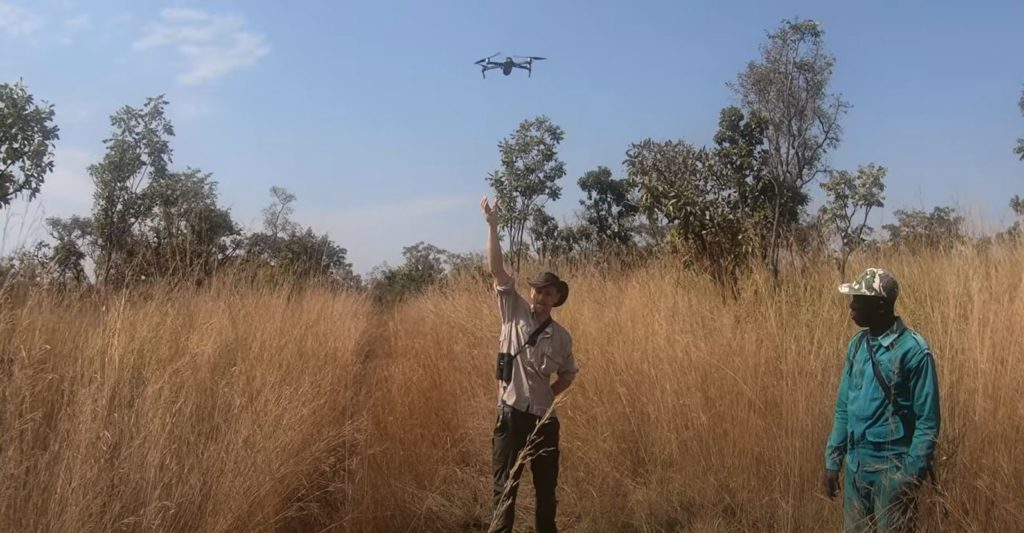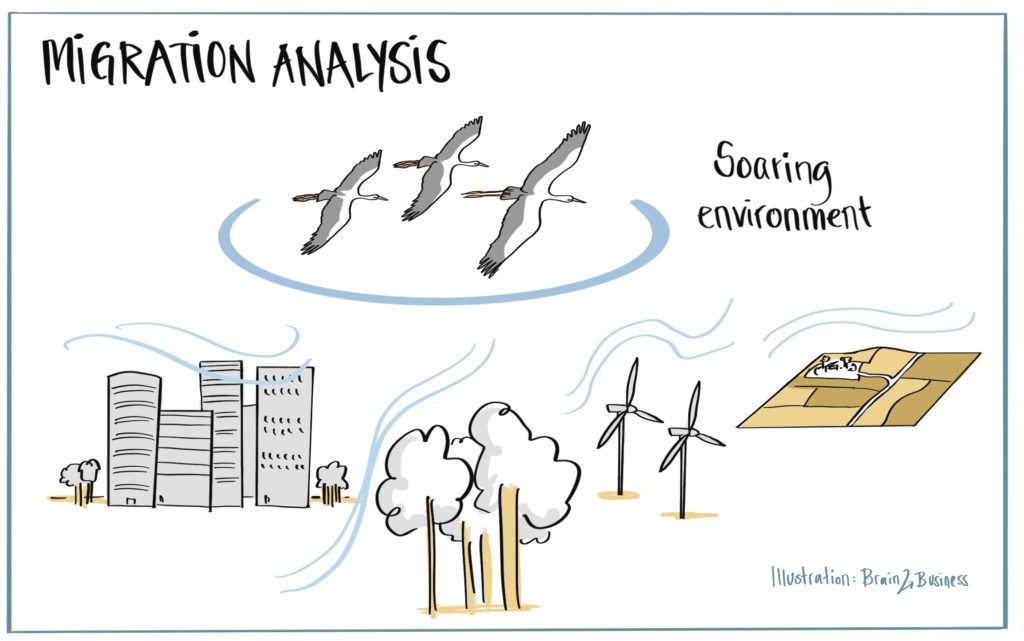migration analysis
On the Wings of a Stork: Revealing the Dynamics of Soaring Environments
State of the Art
Migratory birds have evolved impressive behavioral adaptations to exploit horizontal and vertical winds for cost-efficient flight. Yet, these atmospheric conditions are highly dynamic. Occurrences of thermal updrafts, a requirement for soaring flight, can be predicted using local weather conditions and the underlying landscape structure, but how strongly this suitability varies temporally is unknown. In addition, how different habitats and humanly altered landscapes alter updrafts is essential for predicting migration costs which ultimately affect survival and fitness.
Innovations and Impact
The combination of drones and real-life 3D bird trajectories enables the study of how highly dynamic soaring conditions vary throughout time and season. This will also provide an understanding of how habitat and urban structure influence flight conditions for large migrating soaring birds. In turn, these findings may help to develop 3D navigation and guidance algorithms for drones.

Copyright by Max Planck Institute of Animal Behavior

Copyright by Colourbox

Copyright by University of Bristol
Objectives
To understand how soaring conditions for large migratory birds vary with time and season, DC2 will collect 3-dimensional high-resolution GNSS trajectories of migrating white storks at different locations along the migration route and translate them into drone flight missions. Drones with various sensors will retrace these flight segments repeatedly at different time points to obtain measurements of the airflow and imagery of the environment. This will allow us to develop a temporally dependent thermal uplift model. Photos and videos of the habitat will be used to determine how habitat type and urban structures influence the availability of thermal updrafts.
Expected Results
- Dataset on 3D flight paths on white storks including detailed measurements of movement patterns (IMU & ACC)
- Temporally dependent model on thermal uplift
- Dataset on airflow and habitat along the flight paths for different time points
- Analysis of habitat suitability for the occurrence of thermal updrafts
Project Facts
Max Planck Institute of Animal Behavior (DE).
The Ph.D. will be awarded by University of Konstanz (DE).
Group Leader Andrea Flack, Max Planck Institute of Animal Behavior.
Professor Martin Wikelski, Max Planck Institute of Animal Behavior.
Bruno Kessler Foundation (IT): Investigation of real-time flight plan computations on drones.
University of Münster (DE): Investigation of the use of low-altitude images to create topological ground maps.
Get in touch
Contact us on WildDrone@sdu.dk



WildDrone is an MSCA Doctoral Network funded by the European Union’s Horizon Europe research and innovation funding programme under the Marie Skłodowska-Curie grant agreement no. 101071224. Views and opinions expressed are those of the author(s) only and do not necessarily reflect those of the European Union or the European Commission. Neither the EU nor the EC can be held responsible for them.

